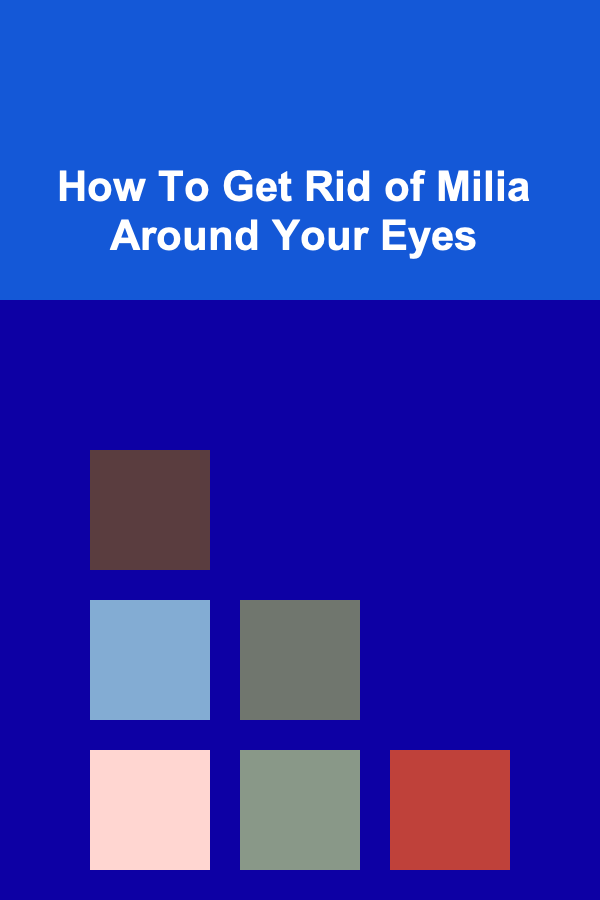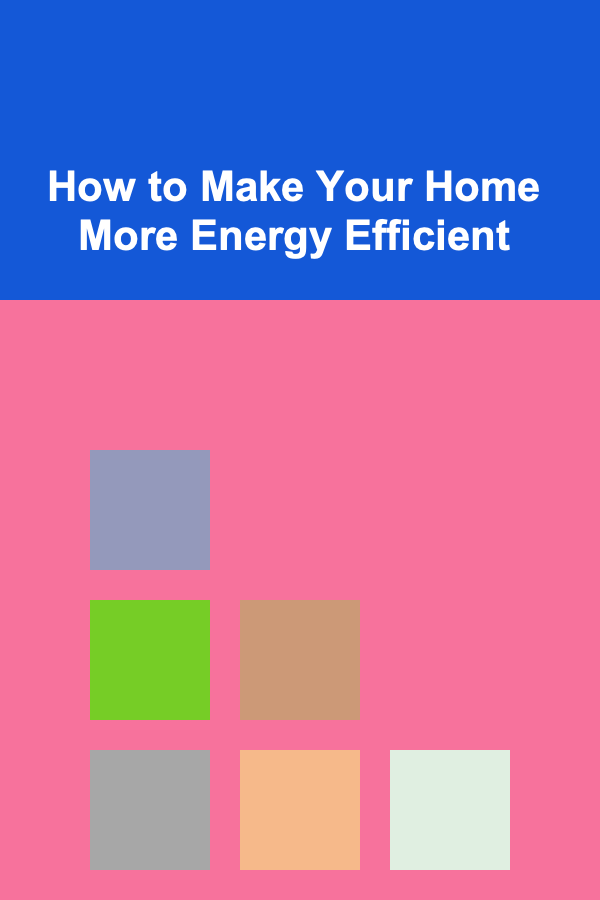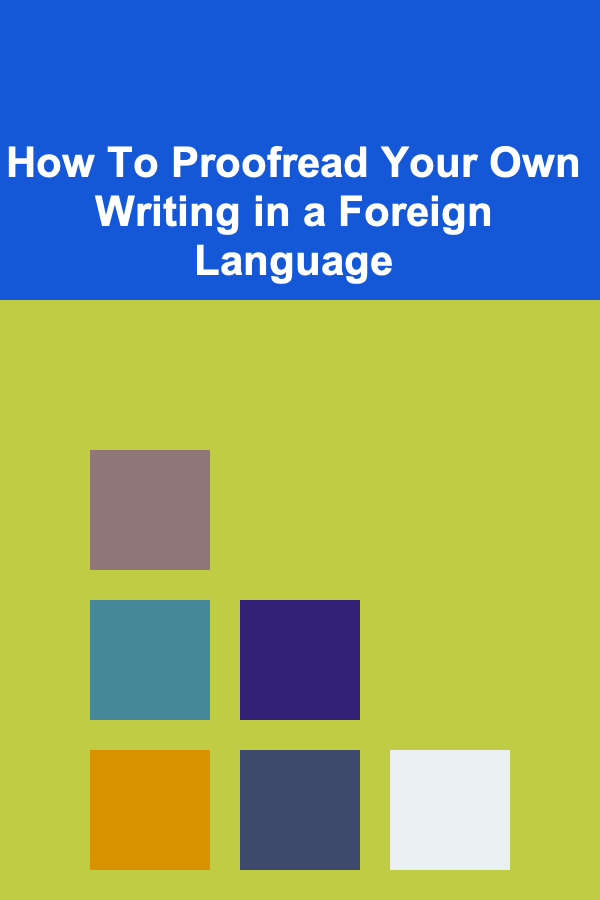
How To Get Rid of Milia Around Your Eyes
ebook include PDF & Audio bundle (Micro Guide)
$12.99$6.99
Limited Time Offer! Order within the next:

Milia are small, hard, white or yellowish cysts that typically form on the skin around the eyes, though they can appear elsewhere on the face or body. These cysts are made up of keratin, a protein found in skin, hair, and nails, that gets trapped beneath the skin's surface. While they are generally harmless and don't cause pain, they can be unsightly and frustrating to deal with. This article will delve into the causes of milia, preventive measures, treatment options, and how to care for your skin to minimize the appearance of these cysts.
Understanding Milia: What Are They?
Milia are small, white bumps that appear just under the skin's surface, and they are caused by trapped keratin. They are often confused with whiteheads, but unlike whiteheads, milia do not open to the surface of the skin. They form when dead skin cells, oil, or keratin get trapped in the hair follicles, forming tiny cysts.
Types of Milia
There are two main types of milia:
- Primary Milia: These are the most common type and occur when skin cells become trapped under the skin. They are most often seen in newborns but can affect people of all ages. Primary milia are usually seen around the eyes, cheeks, and nose.
- Secondary Milia: These milia develop after an injury or damage to the skin, such as burns, blistering, or prolonged use of topical steroids. They can also form after certain cosmetic procedures, like chemical peels or laser treatments.
While milia are not dangerous, their appearance can be bothersome for those who want smooth, clear skin. They are most commonly found around the eyes because the skin in that area is thinner and more delicate, making it more prone to developing these cysts.
Causes of Milia
The exact cause of milia is not always clear, but several factors can contribute to their formation. Here are the most common causes:
1. Poor Skin Exfoliation
When dead skin cells are not properly exfoliated, they can accumulate on the surface of the skin and become trapped in the pores, leading to the formation of milia. A lack of regular exfoliation can prevent the skin from shedding dead cells efficiently, making it more likely for milia to form.
2. Use of Heavy Skincare Products
Using products that are too thick or oily for your skin can clog your pores and hair follicles, contributing to the development of milia. This is particularly true for eye creams or moisturizers that are designed for dry skin. Products that contain ingredients like mineral oil, petrolatum, or lanolin can exacerbate the condition.
3. Sun Damage
Excessive sun exposure can damage the skin, leading to the formation of milia. Sunburn can cause the skin to become thickened or scaly, trapping keratin underneath the surface. Over time, this can result in the development of these stubborn bumps.
4. Skin Injuries or Procedures
Milia can also form as a result of trauma to the skin, such as burns, abrasions, or skin conditions like eczema. Some cosmetic procedures, such as chemical peels or laser treatments, can also lead to milia, especially if the skin is damaged in the process.
5. Hormonal Changes
Hormonal fluctuations, such as those experienced during pregnancy, puberty, or menopause, can lead to changes in the skin's oil production. Increased oiliness can clog pores, leading to the development of milia.
6. Genetics
Some people may be genetically predisposed to developing milia. If you have a family history of these cysts, you may be more likely to develop them yourself.
Preventing Milia: How to Protect Your Skin
While it is not always possible to prevent milia entirely, there are several steps you can take to reduce your risk and keep your skin healthy.
1. Exfoliate Regularly
Exfoliation is key to preventing milia. By removing dead skin cells from the surface, you help keep pores clear and allow the skin to renew itself. Use a gentle exfoliant, such as a chemical exfoliator with alpha hydroxy acids (AHAs) or beta hydroxy acids (BHAs), which help break down the bonds between dead skin cells and encourage their removal.
Avoid harsh scrubs or abrasive tools, as they can damage the skin and lead to further irritation. Gentle exfoliation two to three times a week should be sufficient for most skin types.
2. Choose the Right Skincare Products
When selecting skincare products, especially those used around the delicate eye area, choose lighter, non-comedogenic options that won't clog your pores. Avoid heavy creams and opt for gel-based or water-based moisturizers. Look for eye creams that are specifically formulated for sensitive skin and are free of ingredients like mineral oil or petroleum.
3. Sun Protection
Protecting your skin from the sun is essential for preventing sun damage, which can contribute to the formation of milia. Use a broad-spectrum sunscreen with an SPF of at least 30 every day, even on cloudy days. Make sure to apply sunscreen to the skin around your eyes as well, and consider wearing sunglasses to further protect the delicate area.
4. Avoid Excessive Use of Steroid Creams
Topical steroids can thin the skin, making it more prone to damage and the development of milia. If you are using steroid creams or ointments for a skin condition, consult with a dermatologist about alternative treatment options.
5. Stay Hydrated and Eat a Healthy Diet
Maintaining proper hydration and a balanced diet supports overall skin health. Drink plenty of water to keep your skin hydrated, and consume a diet rich in vitamins and minerals, especially vitamin A, vitamin C, and zinc, which promote healthy skin.
Treatment Options for Milia Around Your Eyes
If you already have milia around your eyes, there are several treatment options available to help you get rid of them. While milia are typically harmless and will eventually go away on their own, many people seek to remove them for cosmetic reasons. Here are the most effective methods for treating milia.
1. Professional Extraction
The most effective and safest way to remove milia is to visit a dermatologist or licensed esthetician. They can perform a professional extraction using sterile tools. This process involves making a tiny incision in the cyst and gently extracting the trapped keratin.
While at-home extractions may seem tempting, they can lead to scarring or infection if not done properly. It's best to leave this procedure to the professionals to ensure safe and effective results.
2. Topical Retinoids
Topical retinoids, such as retinol or tretinoin, are often used to treat milia. Retinoids work by speeding up cell turnover, preventing the buildup of dead skin cells that can clog pores and cause milia. Regular use of retinoid creams can help to clear up milia over time. However, retinoids can be irritating to the skin, especially around the sensitive eye area, so it's important to use them sparingly and follow your dermatologist's advice.
3. Chemical Peels
Chemical peels use acids like glycolic acid or salicylic acid to exfoliate the skin and remove dead skin cells. These treatments are typically performed by a dermatologist or esthetician and can help clear up milia by removing the buildup of keratin beneath the skin's surface.
4. Laser Treatments
Certain types of lasers, such as fractional lasers or CO2 lasers, can be used to treat milia. These lasers work by vaporizing the cysts and stimulating the skin's healing process. Laser treatments are typically reserved for severe cases of milia or when other treatments have not been effective.
5. Cryotherapy
Cryotherapy involves freezing the milia with liquid nitrogen. The extreme cold causes the cysts to shrink and eventually disappear. This treatment is quick and relatively painless, but it may not be suitable for everyone, particularly those with sensitive skin.
At-Home Remedies for Milia
For those who prefer to treat milia at home, several natural remedies may help reduce the appearance of these cysts. While these methods may not be as effective as professional treatments, they can be a good starting point for mild cases of milia.
1. Warm Compresses
Applying a warm compress to the affected area can help loosen the keratin inside the cysts, making it easier for them to be naturally expelled. Soak a clean cloth in warm water, wring it out, and place it over the milia for 5--10 minutes. Repeat this process several times a day.
2. Honey and Sugar Scrub
Honey has natural antibacterial and anti-inflammatory properties, while sugar acts as a gentle exfoliant. Mix honey and sugar to create a scrub, and gently massage it onto the affected area in circular motions. Rinse with warm water and repeat 2--3 times a week.
3. Aloe Vera
Aloe vera has soothing and healing properties, which can help reduce inflammation around the eyes. Apply fresh aloe vera gel to the affected area before bed and leave it on overnight. In the morning, wash it off with lukewarm water.
4. Coconut Oil
Coconut oil has natural moisturizing and anti-inflammatory properties. Applying a small amount to the area around the eyes can help keep the skin hydrated and may reduce the appearance of milia over time. However, be cautious with coconut oil if you have sensitive or oily skin, as it may clog pores for some people.
Conclusion
Milia around the eyes are common but manageable skin concerns. While they are typically harmless, they can be frustrating to deal with, especially when they appear on the delicate skin around the eyes. By understanding the causes of milia and taking preventive steps, such as regular exfoliation, sun protection, and using the right skincare products, you can minimize your risk of developing these cysts. For those who already have milia, professional treatments like extraction, chemical peels, or laser therapy can help remove them safely and effectively.
With the right care, attention, and patience, milia can be managed, and you can enjoy clearer, smoother skin around your eyes.

How to Make Your Home More Energy Efficient
Read More
How To Proofread Your Own Writing in a Foreign Language
Read More
How to Use Wall-Mounted Storage to Free Up Floor Space in Your Home
Read More
Mastering Game Development: Advanced Strategies for Designing and Launching Popular Games
Read More
How to Install a Smart Thermostat: A Step-by-Step Guide
Read More
Mastering Negotiation in Board Games: A Deep Dive
Read MoreOther Products

How to Make Your Home More Energy Efficient
Read More
How To Proofread Your Own Writing in a Foreign Language
Read More
How to Use Wall-Mounted Storage to Free Up Floor Space in Your Home
Read More
Mastering Game Development: Advanced Strategies for Designing and Launching Popular Games
Read More
How to Install a Smart Thermostat: A Step-by-Step Guide
Read More